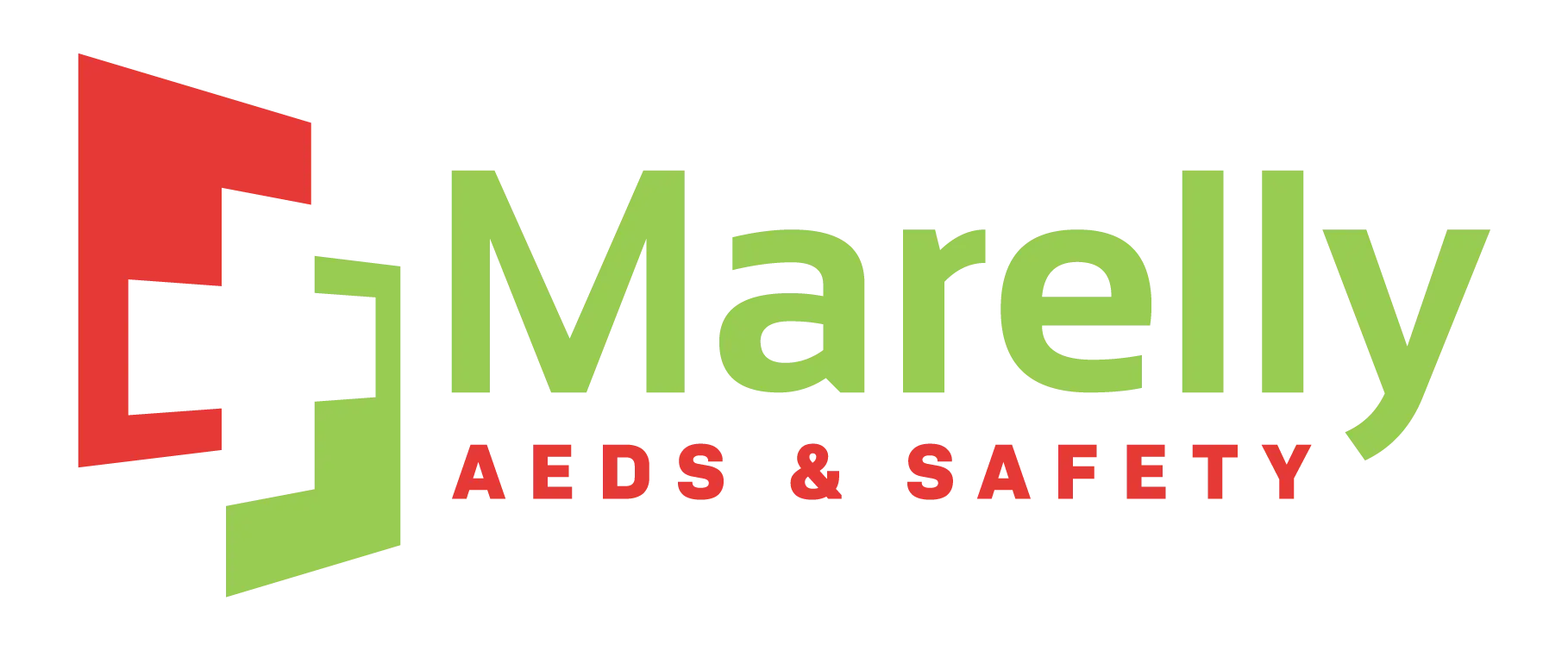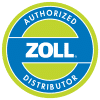March Is Workplace Eye Wellness Month
Did you know that March is workplace eye protection month? Check out this guide to learn how to celebrate by keeping your eyes safe while you’re on the job.
About 2,000 Americans sustain eye injuries at work every day.
The eyes can be a very vulnerable part of the body and they’re susceptible to harm in various ways. Wearing appropriate eye protection along with other PPE safety equipment is one of the best ways to avoid injury in the workplace.
March is workplace eye safety month, so in this guide, we’ll cover the risks that exist in the workplace, and how you can avoid harming your eyes. Keep reading for more.
What Potential Eye Hazards Exist in the Workplace?
There can be a range of potential hazards in various workplaces. Among the most obvious are environments that involve the use of machinery and tools for manufacturing.
When using a drill or a saw, for example, parts of materials can be projected at high speeds. A sharp piece of metal or plastic can cause serious damage to your eyes. This is typically the first type of hazard people think of, but there are several others.
Environments involving chemicals can be hazardous. Chemical splashes in the eyes can cause harm of varying severities depending on the chemical in question. Thermal burns can also cause damage to the eyes and the surrounding area.
Welders have the risk of eye damage due to the bright light caused by welding. Because of this, they always wear a protective mask when working.
In certain environments, people can suffer from eyestrain, which typically develops slowly. It’s common among people who work jobs that involve looking at computer screens and mobile devices for long periods.
Eliminating Workplace Hazards
Safety is one of the most important elements in any workplace. How this looks will change from company to company, but every business owner needs to take precautions to ensure their employees are safe.
One of the first things you should do is assess your workplace to determine what risks are present. You can then analyze each risk to determine how you can handle them.
Training is also essential and applies to any company. You need to educate your employees about any hazards that are present in your workplace. Make sure they know what risks are present, and procedures that they should follow to maintain high levels of safety.
Once you’re aware of the various risks, you can start implementing safety procedures. This can include things such as:
- Signage to highlight hazards
- Instructions on what safety equipment is needed (and where)
- First aid kits throughout the working environment
- Emergency eyewash stations where necessary
Any employees working in hazardous environments should have access to eye protection glasses at all times. It’s important that whoever is in charge ensures everyone is wearing their eye protection whenever in a hazardous area.
In some situations, barriers might also be necessary. These can be ideal to help protect from debris that can be projected. They may also protect people from dust that could get into their eyes.
Eye Protection at Work
PPE (personal protective equipment) is essential in many working environments. Wherever there’s a risk of someone harming their eyes, it’s important to get the right type of equipment.
Safety glasses are typical in environments where someone may be at risk of debris flying into their eyes. They won’t hinder someone’s ability to work and are durable enough to stop stray pieces of material.
Safety goggles are sometimes used for the same purpose. These generally fit tightly around the eyes, so can also offer protection from things like dust that floats in the air. Note that wearing these might make it impossible to also wear glasses, so for those who already have issues with their vision, prescription safety goggles can be an option.
Full-face respirators can also be ideal for environments with dust or other airborne contaminants as they filter the air to stop people from breathing in anything harmful. These are also useful for anyone who may be exposed to hazardous gases.
A face shield can offer similar protection to safety glasses but may be more suitable for protection from chemical splashes. Specific jobs such as welding require specialized face shields that are tinted to help protect the user’s vision from exposure to bright light.
What to Do if Your Eyes Are Harmed
Even with all the correct PPE equipment, accidents and injuries can still occur. If anything happens to your eyes, it’s important to know what procedures to follow to help minimize the risk of permanent damage.
Cut or Injury
If a piece of debris cuts your eye, the first thing to remember is that you shouldn’t attempt to remove an object if it’s lodged. It may be tempting to touch or rub the eye, but you should avoid applying any kind of pressure.
If possible, you should use some kind of barrier to protect the eye until you’ve had it looked at. You’ll want to get to the nearest emergency department or eye trauma center as soon as you can.
Chemical or Dust Exposure
Go straight to the closest eyewash station and flush it out as best you can. If you don’t have one nearby, any clean water will suffice. You’ll then want to seek immediate medical attention.
Hit in the Eye Area
Similarly to a cut or injury, you want to avoid applying pressure. If there’s any swelling, ice or a cold compress can help reduce it. You should then seek medical treatment so you can be advised on how to best treat your eye.
Appropriate Eye Protection
When working in an environment that has any hazards, it’s essential to always be safe. This means wearing appropriate eye protection and adhering to any safety rules that are in place.
Marelly AEDs & Safety sells a wide range of PPE, AED supplies, first aid supplies, and more. If you’re after some of the best safety glasses available, we’ve got you covered. Click here to see the wide range of eye protection we have available.


